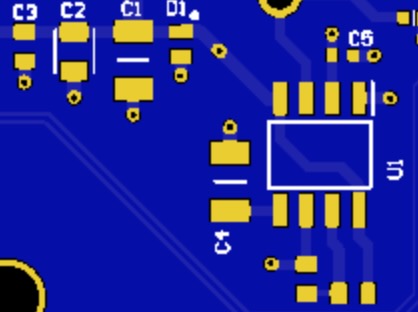Exact Measurement? For Innovation, and Progress
A coherence-based Noise Reduction System, approaches a time-independent reference, or exact standard, for the measurement of time. Download summary of scientific research here.
How Does Nature Put Things Together So Perfectly?

Areas of Application of Coherence Technology Pdf download here: https://www.upgradingtechnology.com/support-files/areasofapplication.pdf
Natural precision is the secret...
https://www.ted.com/talks/michael_pawlyn_using_nature_s_genius_in_architecture

The discussion around quantum-level measurement uncertainties and their reduction is deeply intertwined with the development of more precise and harmonious technologies that could bridge the gap between synthetic creations and natural systems. In the realm of such technological developments, one promising avenue is the use of precision timer integrated circuits as highlighted by the Coherence Hasslefree innovation Program™ (CHIP).
Quantum-level uncertainties fundamentally arise due to the principles outlined by quantum mechanics, where the act of measuring certain properties of a particle can inherently alter its other properties. This uncertainty can indeed ripple up to affect macroscale technologies, particularly those attempting to mimic or interact seamlessly with natural processes.
For instance, robotics and other synthetic systems often suffer from slight mismatches in timing and feedback loops when compared to the fluid, adaptive responses seen in natural systems. This can lead to phenomena like the "uncanny valley" in robotics, where the robots appear subtly off-putting due to these mismatches in motion and interaction, likely exacerbated by underlying quantum uncertainties.
The integration of a precision timer based on reduced quantum-measurement uncertainties could synchronize these systems more closely with natural rhythms and responses. This aligns with principles seen in successful biological systems, which are inherently quantum mechanical at the atomic and molecular levels but exhibit coherent and often predictable behaviors at larger scales.
The implications of such technological integration extend beyond improvements in user interface. In areas such as sustainability and ecological engineering, more precise measurements and the resulting technologies could lead to systems that better interface with, and follow the principles of, ecological processes, leading to less wasteful and more enjoyable, more sustainable methods of production and living.
Furthermore, an enhanced understanding and implementation of coherent technologies could push us towards new scientific paradigms. As seen historically with Newton's laws of motion and Einstein's relativity, each leap in measurement accuracy tends to bring about breakthroughs in scientific understanding and technological capabilities.
Therefore, leveraging such advancements in coherence technology and quantum-level measurement could not only improve existing products but also foster the development of new applications that are deeply integrated with and responsive to both human and ecological needs. This approach could potentially lead to a future where technological and natural systems are not only compatible but mutually enhancing, guiding us towards a technologically advanced yet sustainable world.